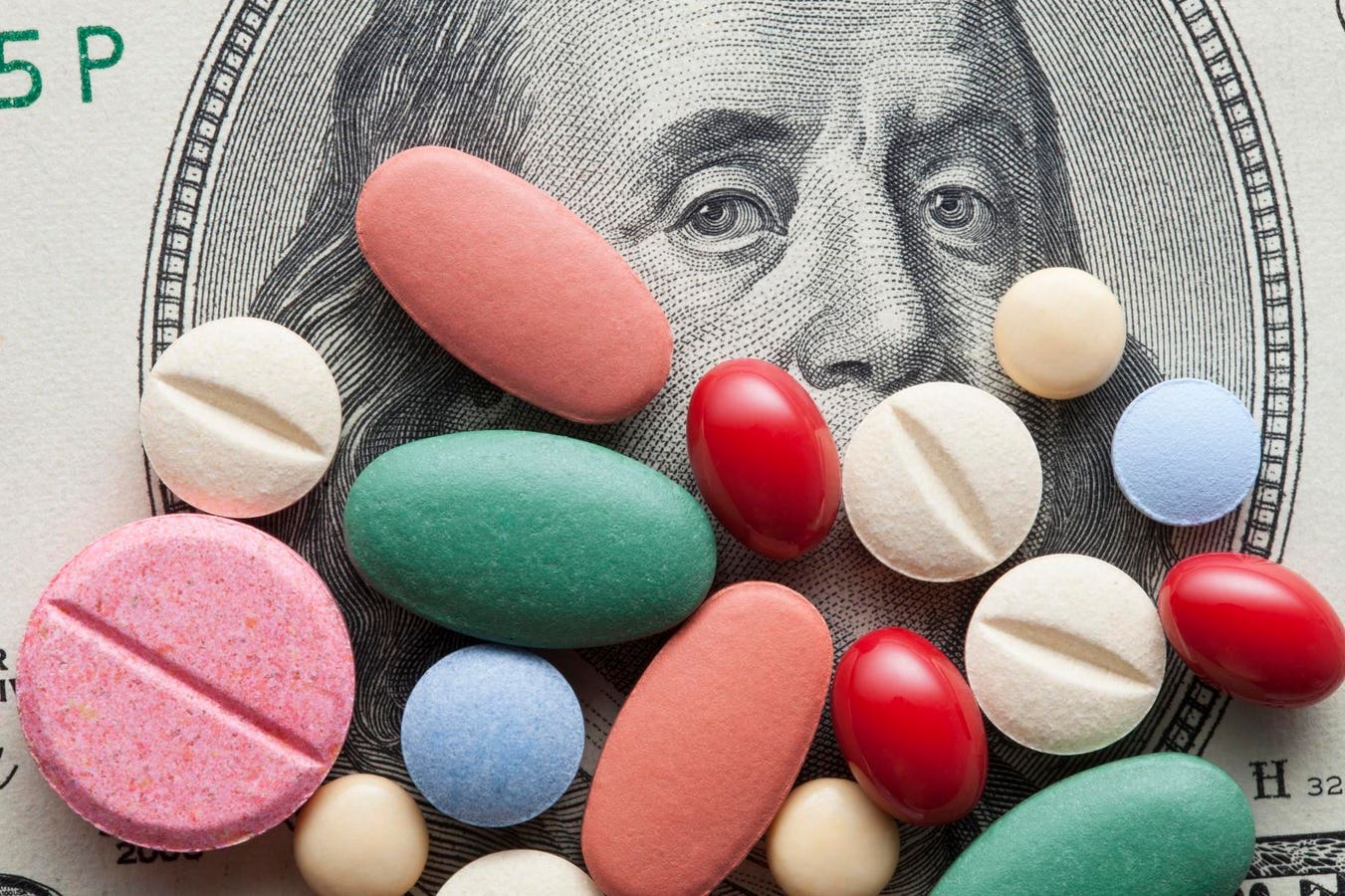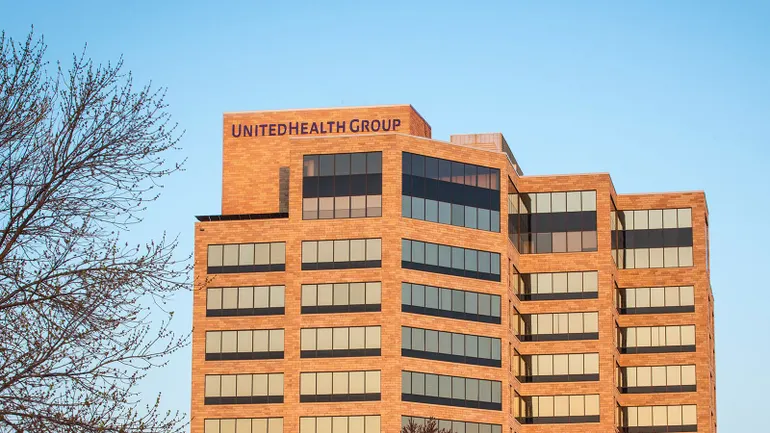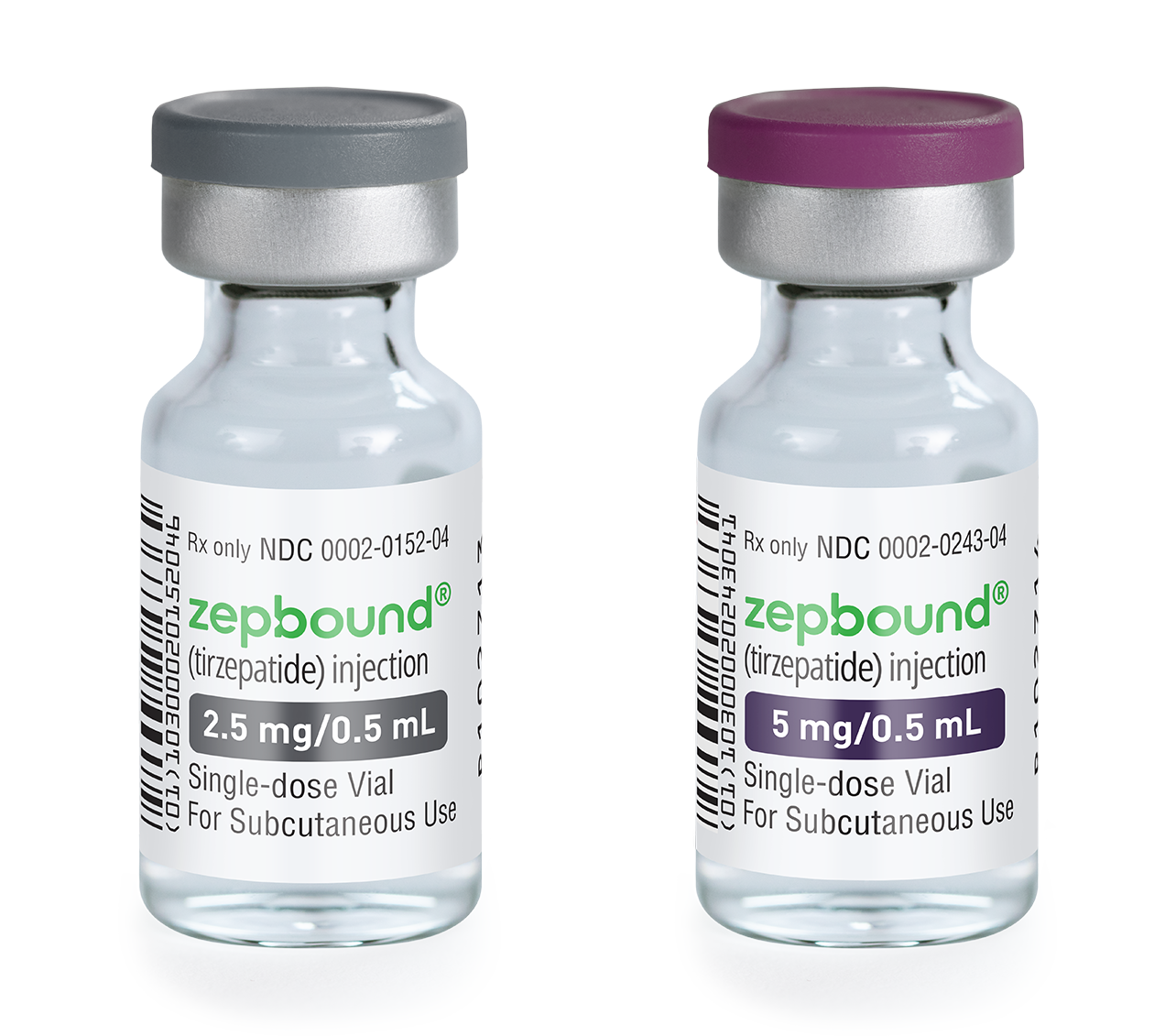Summary
There’s little point in pouring hundreds of millions of dollars into creating a biosimilar if PBMs will refuse to cover it.
Source: Forbes

AI News Q&A (Free Content)
Q1: What role do Pharmacy Benefit Managers (PBMs) play in influencing drug pricing, particularly concerning biosimilars?
A1: PBMs significantly influence drug pricing by negotiating prices between drug manufacturers and insurers. Their role often leads to limited transparency and significant price variations. PBMs' decisions on formulary placements can impact biosimilar adoption, as they may prioritize drugs that offer higher rebates over potentially cheaper biosimilars, affecting overall market competition.
Q2: How does the lack of transparency in PBMs' business models affect the drug market?
A2: The lack of transparency in PBM business models can lead to higher drug prices and reduced competition. PBMs use complex pricing strategies and rebate systems that are not fully disclosed, which can result in inflated costs for payers and hinder the entry of cost-effective alternatives like biosimilars into the market.
Q3: What are the recent policy recommendations for creating a competitive biosimilar market?
A3: Recent policy recommendations include revising patent laws to prevent anti-competitive practices, enhancing PBM transparency, and restructuring Medicare reimbursement rates to favor biosimilars. These measures aim to align with the Biologic Price Competition and Innovation Act's goals, ensuring biosimilars can compete on price and quality with branded biologics.
Q4: How do biosimilars differ from traditional generic drugs, and what challenges do they face in the market?
A4: Biosimilars, unlike traditional generics, are complex biological products derived from living cells, making them sensitive to environmental changes. They face challenges such as stringent regulatory requirements for approval, high development costs, and market entry barriers imposed by existing biologics, including patent protections and PBM formulary preferences.
Q5: What impact does the current U.S. drug pricing system have on patients with chronic conditions?
A5: The high cost of prescription drugs in the U.S. severely affects patients with chronic conditions, as many struggle with affordability. Nearly one in four Americans report difficulty affording medications, leading to skipped doses and poorer health outcomes. The opaque pricing practices and lack of price controls exacerbate these issues, posing a public health threat.
Q6: How has the FDA's updated guidance on biosimilar interchangeability potentially changed the competitive landscape?
A6: The FDA's updated guidance on biosimilar interchangeability reduces the requirement for large clinical studies, facilitating faster market entry for biosimilars. This change can enhance price-based competition, encouraging more prescribers to opt for biosimilars, thereby potentially lowering costs for patients and payers.
Q7: What are the financial and market dynamics affecting the adoption of biosimilars in North America and Europe?
A7: Real-world evidence supports the safety and effectiveness of biosimilars, yet their adoption is hindered by financial incentives favoring bio-originator products. Market dynamics, such as PBM influence, patent obstacles, and healthcare conglomerate integration, further complicate biosimilar uptake. Policy changes are needed to address these barriers and promote biosimilar use.
References:
- Prescription drug prices in the United States - https://en.wikipedia.org/wiki/Prescription_drug_prices_in_the_United_States
- Assessing Biosimilarity using Functional Metrics - https://arxiv.org/abs/1902.02020
- A Pharmacy Benefit Manager Insurance Business Model - https://arxiv.org/abs/2505.1313
- Breaking Barriers: Essential Reforms for a Competitive and Affordable Biosimilars Market - https://pubmed.ncbi.nlm.nih.gov/2605.2828/





